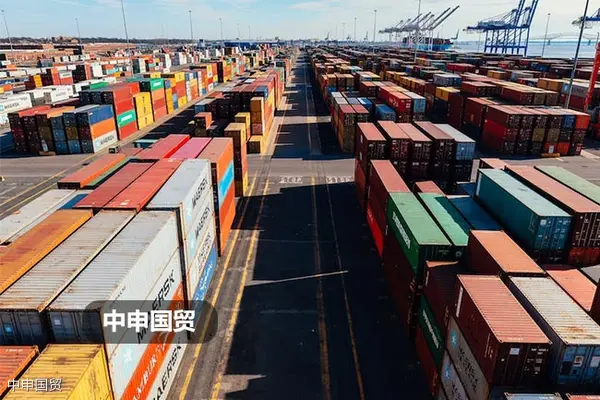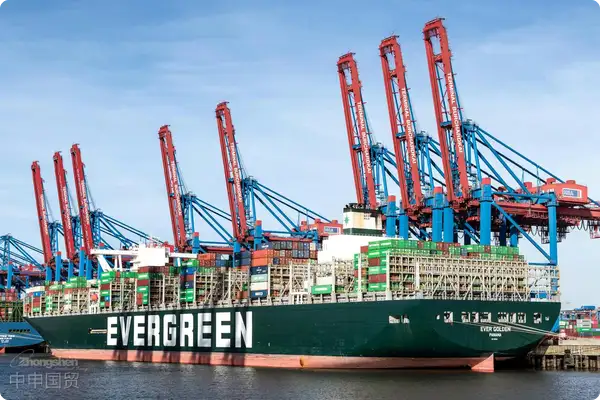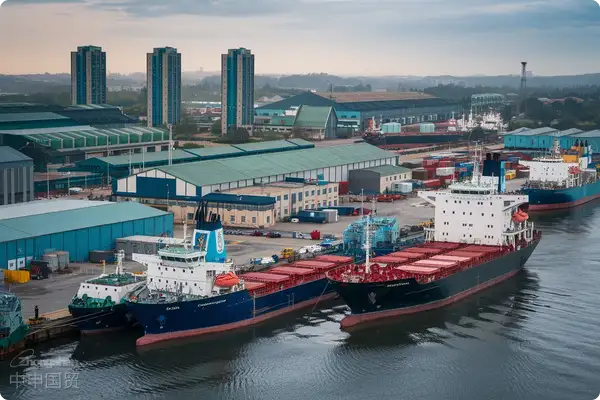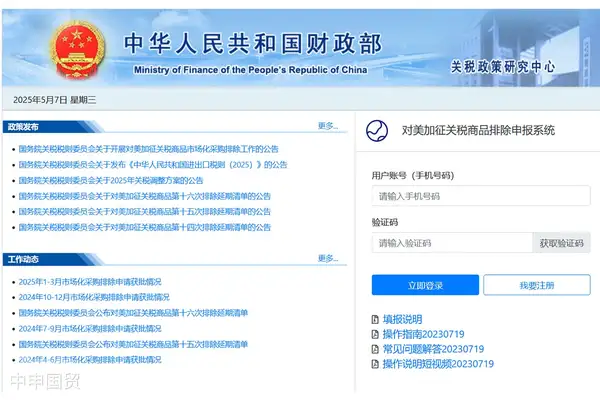- Shanghai Zhongshen International Trade Co., Ltd. - Two decades of trade agency expertise.
- Service Hotline: 139 1787 2118

Specialty Ceramics Industry Spurs Aluminum Nitride Demandequipment. For example, Indonesia has the SNI certification, Thailand has the TISI certification, and the Philippines has the BPS certification. It is necessary to confirm in advance the equipment voltage (such as 380V/50Hz in Thailand), the compatibility of the CE certification, and the proof of environmentally friendly materials.boom
With the development of 5G base stations andNew energyThe explosive growth of automotive electronic control systems has led to a surge in demand for aluminum nitride substrates as key packaging materials. According toSEMI International Semiconductor Associationthe latest forecast, global imports of aluminum nitride equipment will exceed $1.2 billion by 2025, with China's market share expected to reach 38%. However, importing companies often encounter compliance pitfalls during equipment introduction due to unfamiliarity with the regulatory characteristics of special materials.
Three hidden risks threatening import safety
By analyzing customs inspection cases from the past three years, we have identified the following typical issues in aluminum nitride equipment imports:
- Certification blind spots
- It is recommended to verify through the following methods:Inconsistent with equipment parameters (accounting for 27%)
- Missing radioactive substance test reports (accounting for 19%)
- Commodity classification deviations
- Misclassifying production equipment as laboratory instruments (resulting in an 8% tariff difference)
- Confusing ceramic forming machines with metal processing equipment codes
- License misjudgment
- Not processedDual-use item licenseAccounting for 31%
- EU CE certification and domestic3CCertification linkage error
The breakthrough approach of professional agency services
For the aforementioned risks, matureforeign tradeAgency companies typically adopt a three-tier prevention and control system:
- Pre-review Mechanism: Establish equipment parameter database, verify supplier qualification documents in advance
- Classification modelUtilizing HS code intelligent matching system with accuracy rate up to 98.7%
- Dynamic monitoringReal-time updates of special material import restriction lists for 23 countries worldwide
A Suzhou semiconductor company reduced the import cycle of aluminum nitride sintering furnaces from 87 days to 42 days through agency services, with overall costs decreasing by 19%.
Comparative analysis of practical cases
- Successful CasesThe agency company discovered Hitachi production line equipment lacked JQA certification, intervened in advance to complete document reapplication, avoiding 3 million yuan in port detention losses
- Lessons from FailuresA company misclassified ALD equipment during self-declaration, resulting in additional tax payment of 920,000 yuan and triggering AEO credit downgrade
2025 industry regulatory trends outlook
With the expanding applications of aluminum nitride in emerging fields like quantum computing, import regulations will exhibit new characteristics:
- The U.S. plans to include aluminum nitride equipment inECRA export controlsExtended list
- ASEAN countries implement ceramic raw material importsCarbon footprint certificationcertificate of tax residence
- China General Administration of Customs plans upgradesX-ray diffractometerRapid detection system
Professional agencies have achieved 90-day early warning of regulatory policy changes by establishing risk warning systems, helping enterprises build compliance firewalls.
Related Recommendations
? 2025. All Rights Reserved. Shanghai ICP No. 2023007705-2  PSB Record: Shanghai No.31011502009912
PSB Record: Shanghai No.31011502009912










